From June 20 to October 19, 2025, Florence celebrates an important anniversary: the 100th anniversary of the founding of the Institute of the History of Science, now known as the Museo Galileo. To mark the occasion, the historic Florentine institute is hosting an exhibition titled 1925-2025: One Hundred Years of the History of Science in Florence, a journey through precious ancient volumes, scientific instruments, and historical documents selected from the Museum’s collections.
The exhibition is not only a tribute to the Institute’s long life, but also a reflection on the crucial role Florence has played-and continues to play-in the development of the history of science in Italy. With the contribution of a “sound walk” narrated by David Riondino and created by the Panothi Collective, the exhibition is enriched by a sensory journey that accompanies visitors in discovering the highlights of a century of activity. A multimedia narrative, including projections and audiovisual materials, adds further depth to the story.
The exhibition, which was awarded the Medal of the President of the Republic, was organized in collaboration with the Fondazione CR Firenze, with the patronage of the City of Florence, the contribution of the Region of Tuscany and Unicoop Firenze, and the support of the Ministry of University and Research and the Ministry of Culture.
Museo Galileo President Francesco Pavone said, "It is with great pleasure that our Museum today presents the exhibition 1925-2025: One Hundred Years of the History of Science in Florence, a history made of passion, expertise and dedication that well represents the vocation of our city, for centuries a center of excellence not only for the arts but also for scientific research. I am particularly proud of the recognition that the Head of State wished to bestow on the exhibition, awarding it the Medal of the President of the Republic: a recognition that I like to think is aimed not only at the exhibition we are presenting, but also at the long and continuous commitment of the Istituto di Storia della Scienza, now Museo Galileo, in the preservation and enhancement of its precious collections as well as in the dissemination of scientific culture."
“It is truly an honor to celebrate the centenary of such a prestigious entity as the Museo Galileo, which in one hundred years of activity has been able to preserve and tell, with rigor and beauty, the history of science in Florence and around the world,” says Maria Oliva Scaramuzzi, vice president of Fondazione CR Firenze. “As Fondazione CR Firenze we are proud to accompany this extraordinary anniversary, which is not just an anniversary, but an opportunity to reflect on the role that scientific knowledge has had-and continues to have-in the construction of our cultural identity. Our support for the Museo Galileo has lasted more than 30 years, a concrete sign of the Foundation’s commitment to the enhancement of scientific culture and the dissemination of knowledge.”
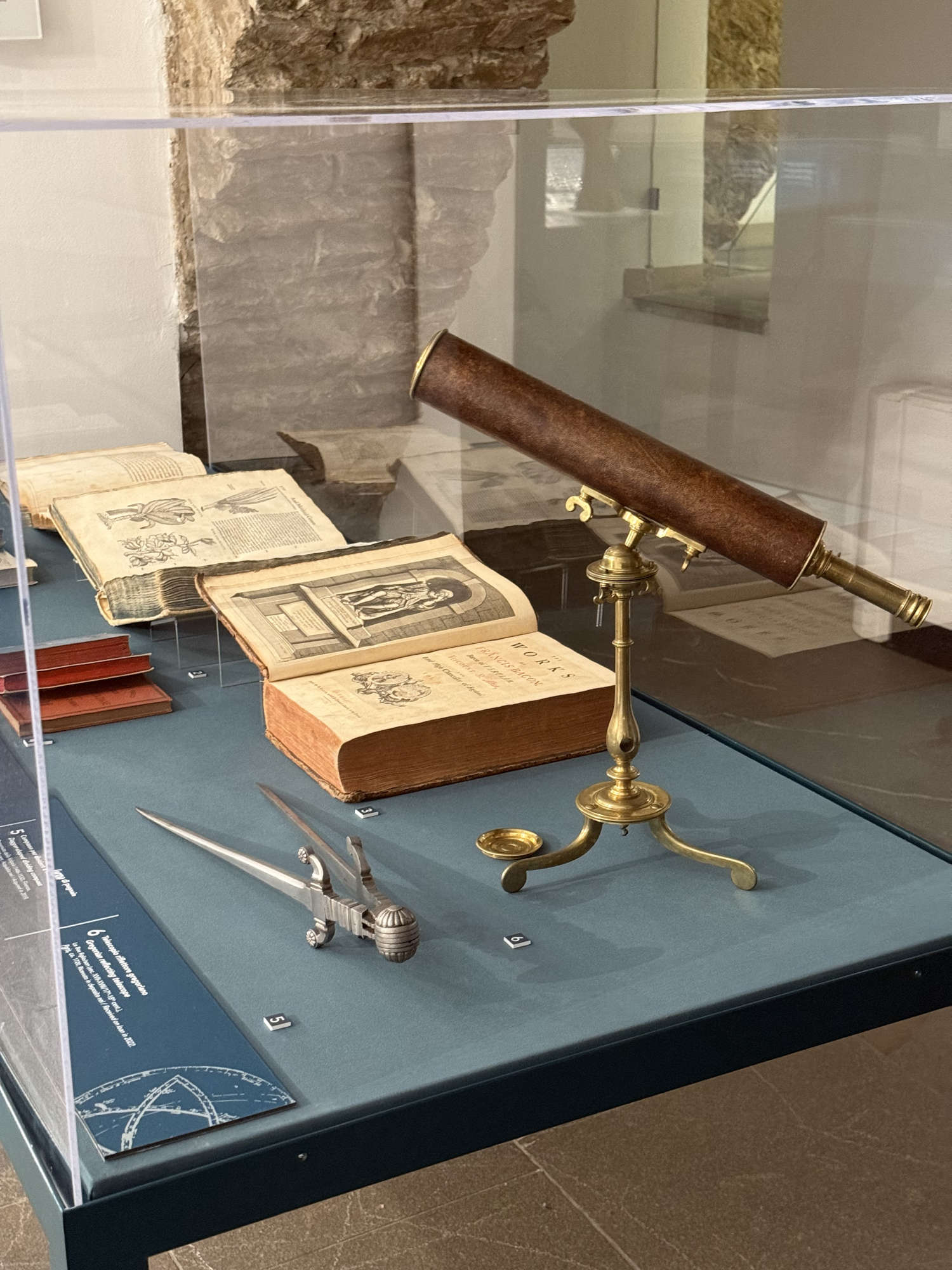
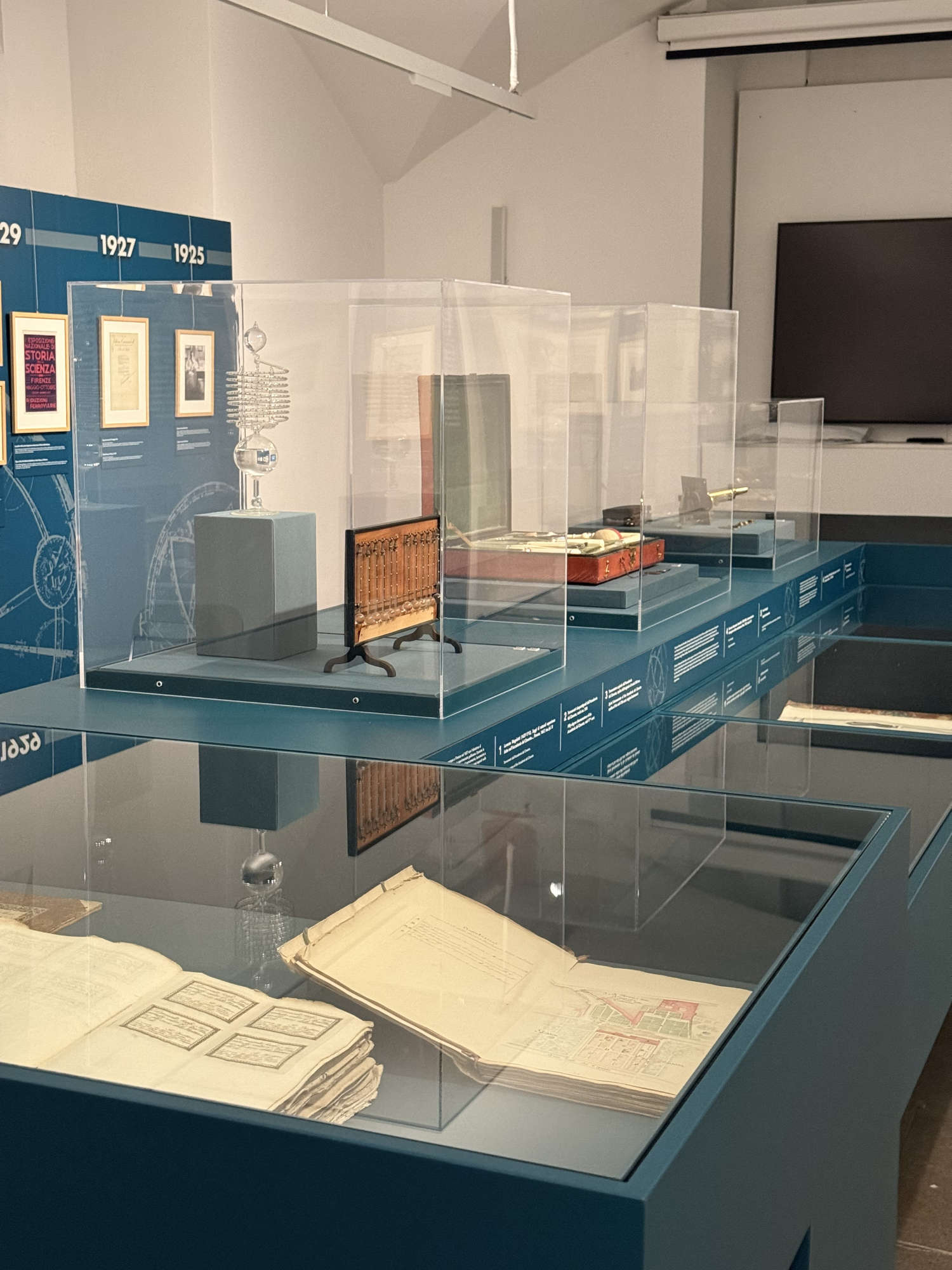
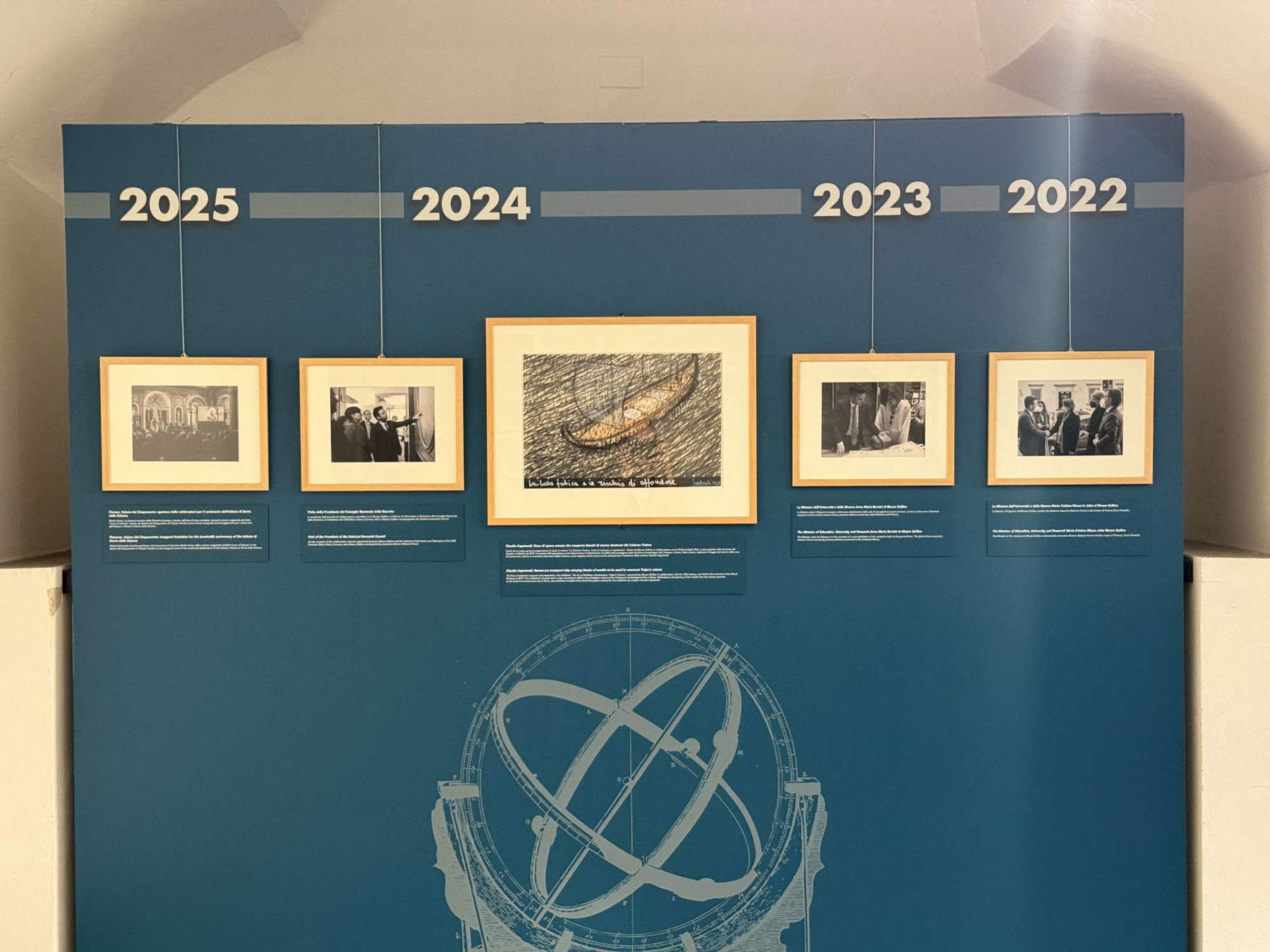
The works on display come largely from the precious Fondo Mediceo-Lorenese, a collection of scientific volumes accumulated by the two Tuscan dynasties over the centuries. These are editions rarely accessible to the public, now visible only thanks to this extraordinary exhibition. A unique opportunity to explore the deep connection between science, culture and territory that has distinguished Florence since the Renaissance.
The visual narrative of the exhibition is complemented by a rich photographic documentation that testifies to the most important passages in the life of the Institute and the Museum, underscoring how profoundly this institution has affected the national and international scientific scene.
Prominent among the most significant pieces on display is the “Writing Hand,” an automaton made in 1764 by Friedrich von Knauss: a clockwork mechanism capable of writing on a card, already on display in Room X of the Museum and now the absolute star of this exhibition. Alongside this extraordinary device, visitors will be able to admire Galileo Galilei’s famous Dialogue Concerning the Two Chief World Systems, the work that sealed the fate of the Tuscan scientist, forcing him to stand trial for heresy.
Also extraordinary is Ottavio Pisani’sAstrologia, seu motus et loca siderum, printed in Antwerp in 1613: an animated book with moving, hand-colored plates illustrating the structure of the heavens. The volume, damaged during transport to Florence, was restored by the court bookbinder and is a unique example of the interaction between publishing and scientific popularization in the seventeenth century.
Other rarities include Giovanni Oliva ’sAtlante nautico (1616), a valuable work documenting the Medici’s interest in navigation and oceanic exploration, and Domenico Fontana’s book Della trasportatione dell’obelisco vaticano (1590), which describes the spectacular displacement of the Egyptian obelisk at St. Peter’s. There is also a tribute to ancient pneumatics with an illustrated copy of Heron Alexandrinus’ Pneumatics and a working reconstruction of “Heron’s Fountain” with whistling birds: the reconstruction shows the operation of one of the most spectacular apparatuses of ancient pneumatics, described by Heron in the Pneumatics. The device consists of a platform on which is placed a branch with some fake birds. Through a series of small tubes, water forces air to enter the duct that runs through the branch until it reaches the body of one of the birds and the whistle hidden in its beak, generating the chirp.
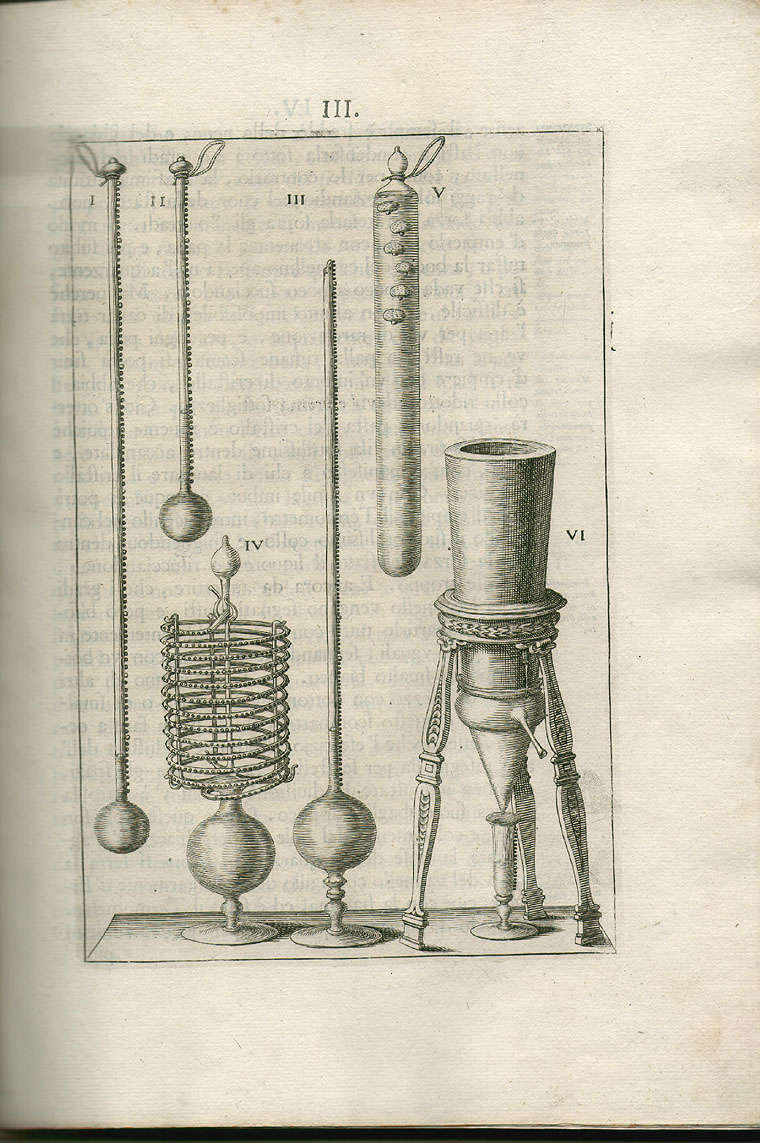

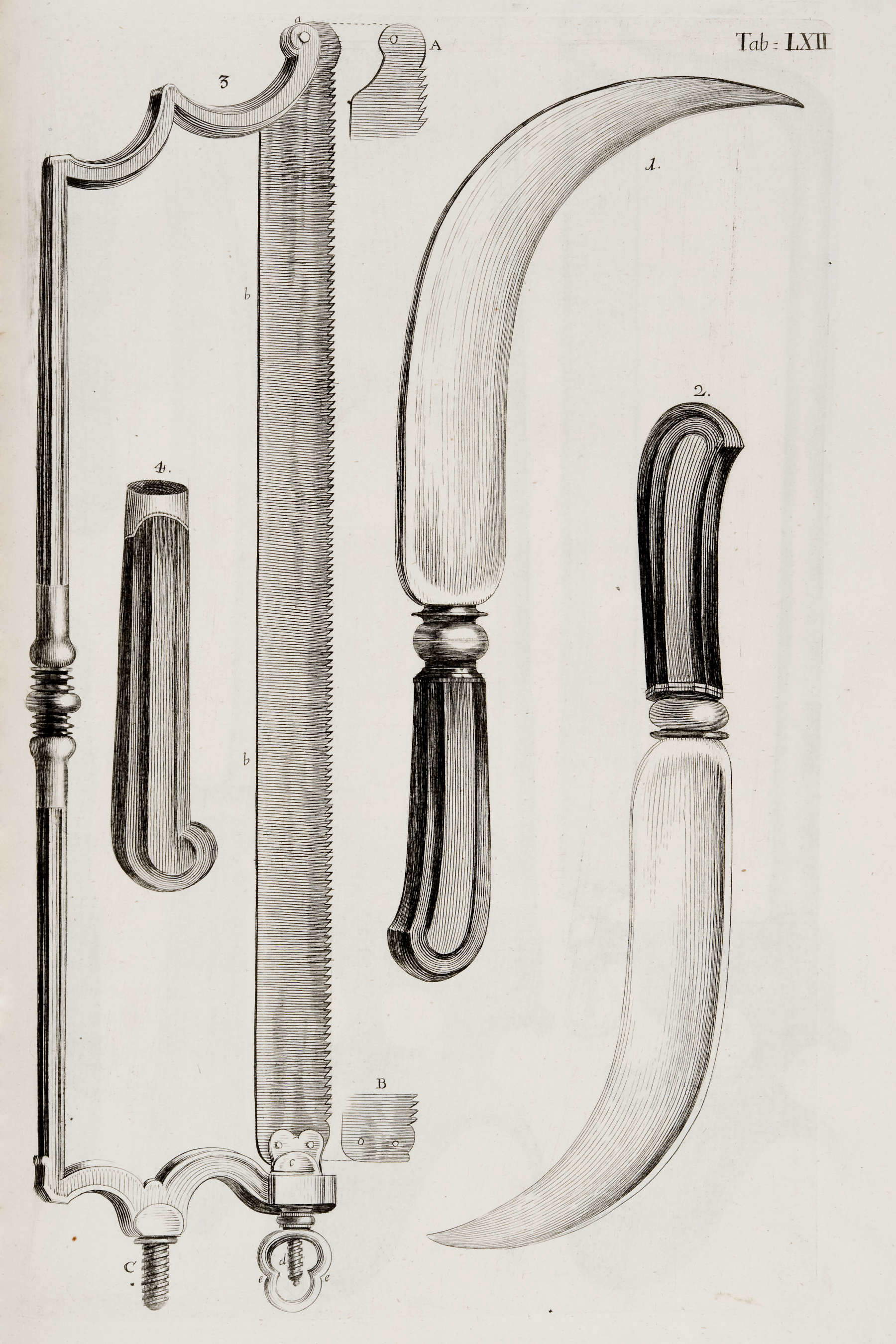
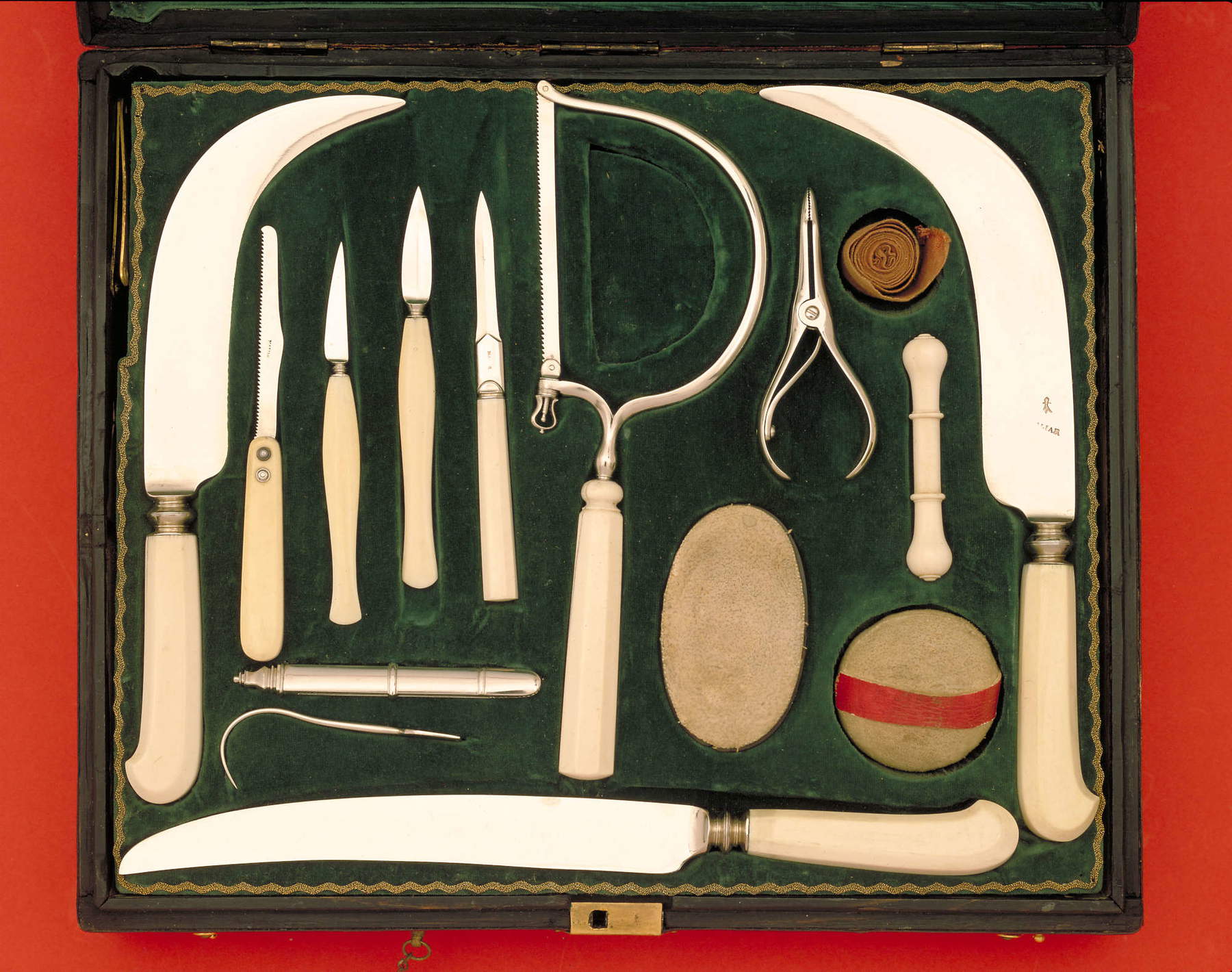
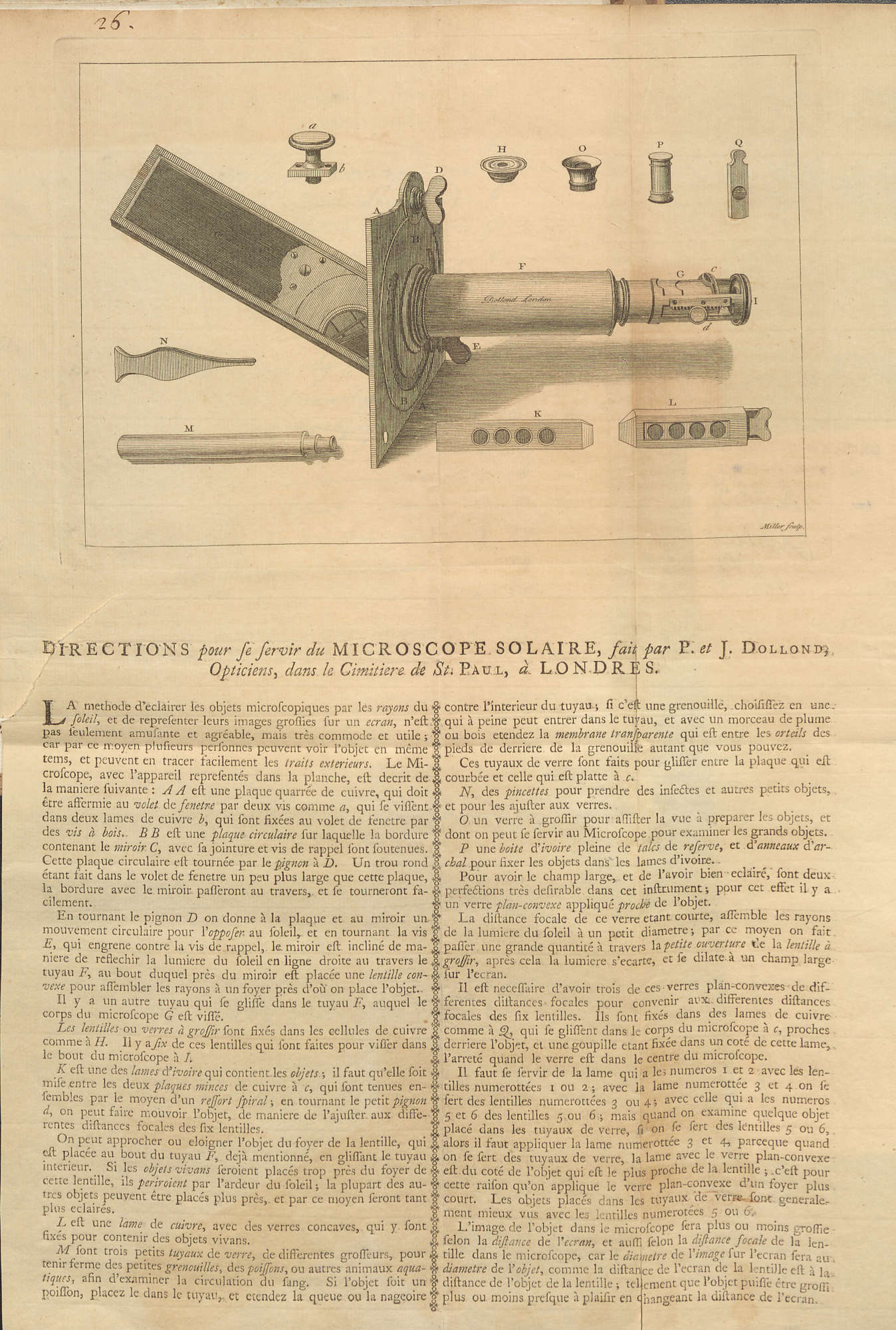

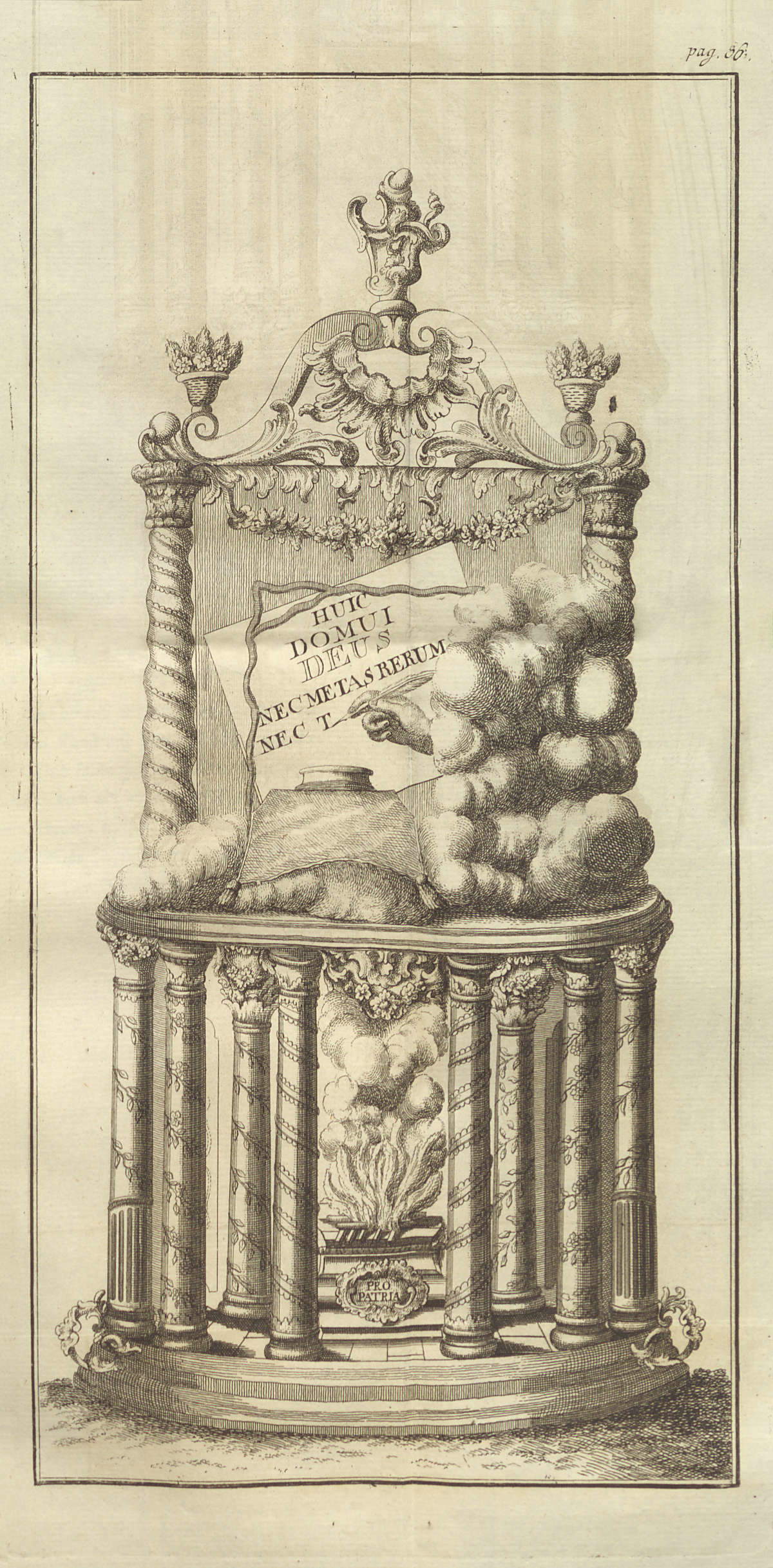
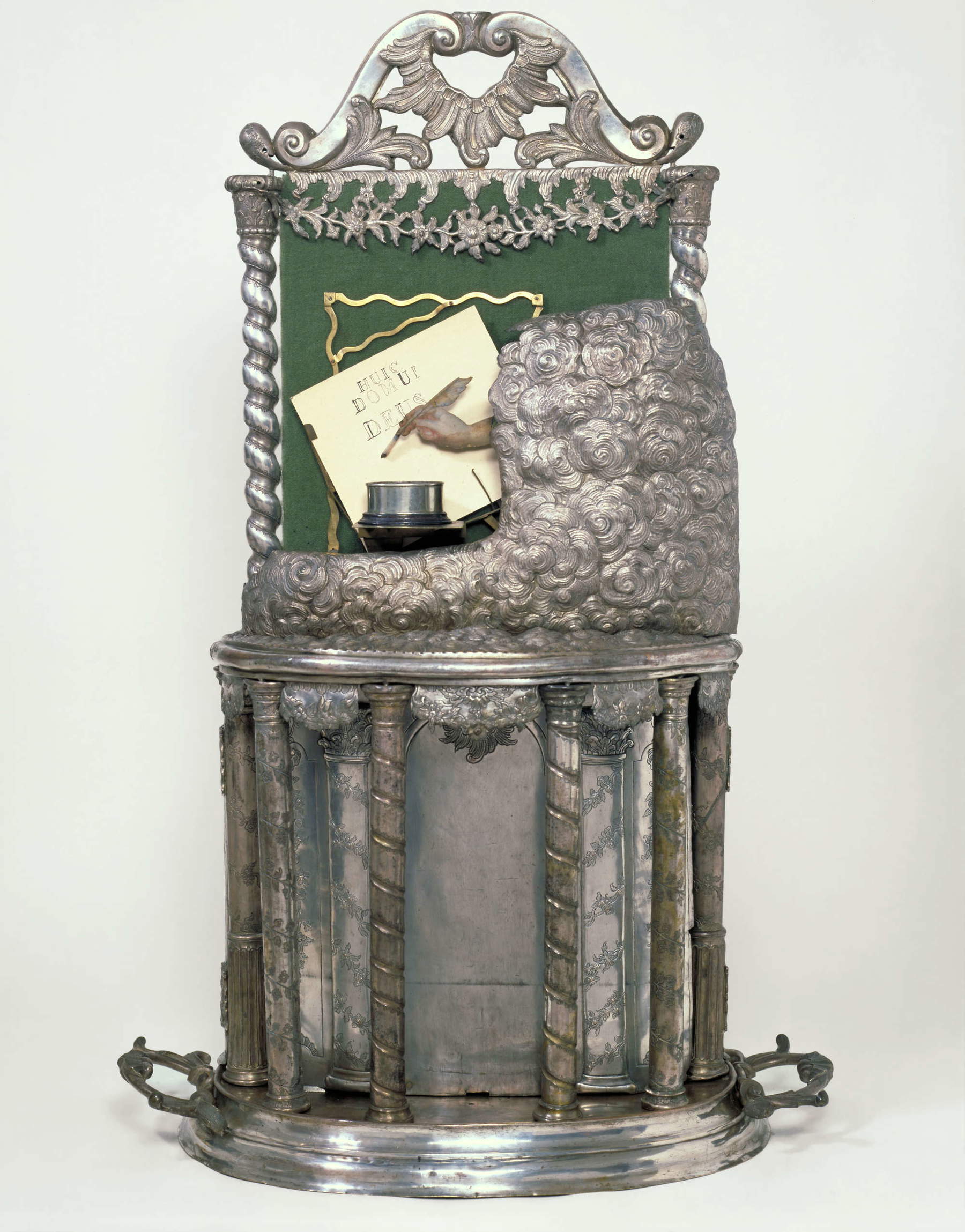
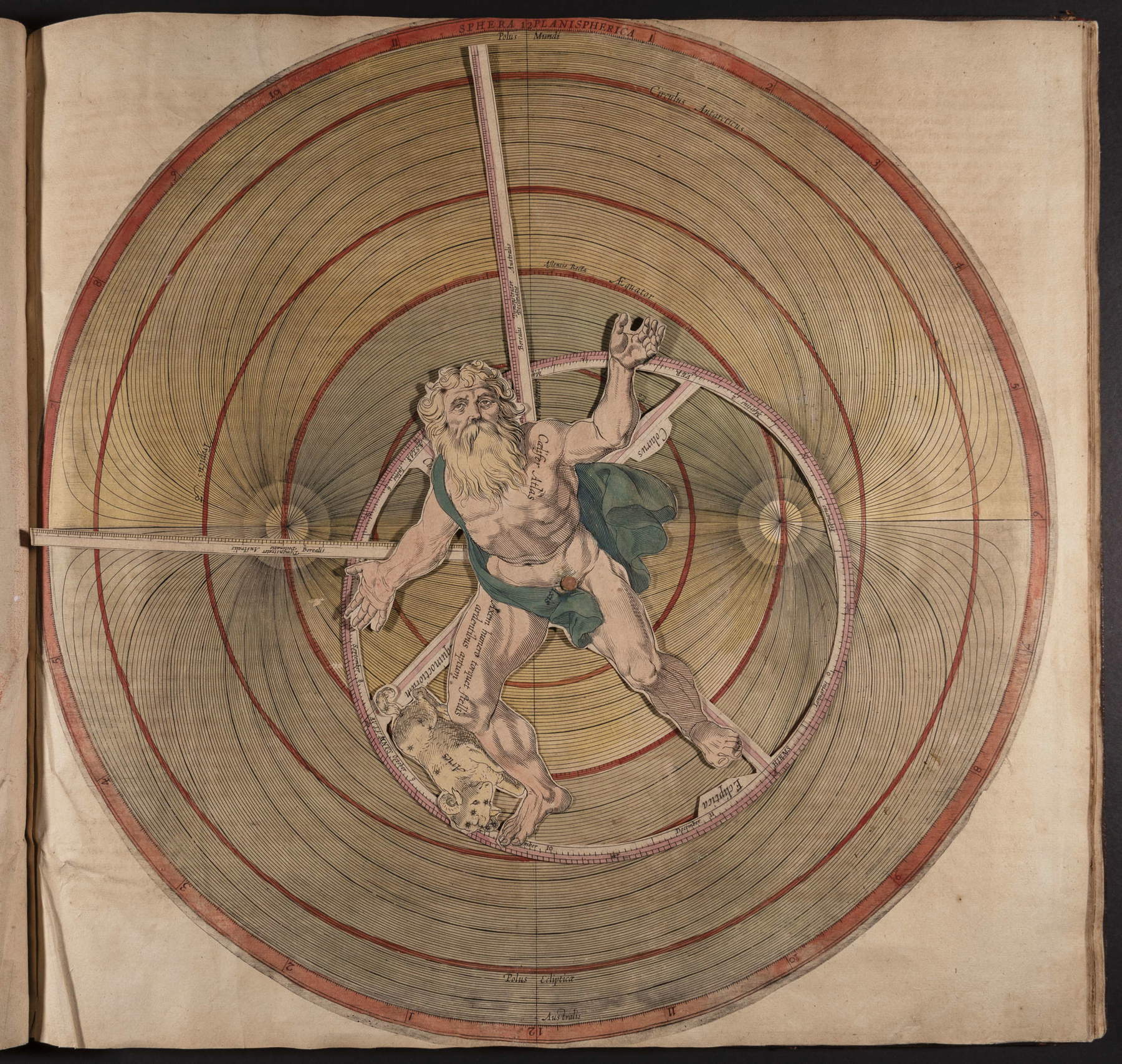
Founded on May 7, 1925 under the direction of Andrea Corsini as the Institute of the History of Science of the Royal University of Florence, the Florentine institution represented an absolute novelty in the Italian cultural scene from the very beginning. Established with the aim of promoting the history of science, the Institute was also distinguished by its focus on the preservation and enhancement of material evidence related to science.
Two years after its founding, the Institute obtained the status of a non-profit organization with the name of Institute and Museum of the History of Science. It was only in 2010, after a long evolution, that it assumed its current name of Museo Galileo, reconfirming its commitment to the dissemination and study of scientific culture. Its home, since 1930, has been the historic Palazzo Castellani, which now houses some of the most internationally significant historical-scientific collections.
The Institute for the History of Science has gone through many phases and has been able to evolve despite difficulties. Under the direction of Andrea Corsini (1930-1961), the Institute consolidated its position despite the turbulent years of the war and economic straits. The subsequent direction of Maria Luisa Righini Bonelli (1961-1981) was marked by a renewed momentum and a dramatic event: the 1966 flood in Florence, which heavily damaged the Institute’s assets. The response was a virtuous example of resilience, thanks in part to international support.
During his directorship, Bonelli succeeded in giving new impetus to the publishing activity, culminating in 1976 with the birth of the “Annals of the Institute and Museum of the History of Science,” now published as “Nuncius,” one of the most accredited scientific journals in the field of the history of science.
The arrival at the helm of Paolo Galluzzi in 1982 marked a further phase of expansion and modernization. Under his leadership, the Institute strengthened its scholarly activities, expanded its library, held temporary exhibitions of international significance, and invested systematically in new technologies. A highlight was 2010, with the complete rethinking of the Museo Galileo’s museum itinerary, which offered the public a new immersive and interactive experience.
Today, the museum, directed by Roberto Ferrari, continues to be a point of reference for scholars and enthusiasts, able to dialogue with the past without losing sight of innovation. The centennial exhibition is the perfect synthesis of this: an opportunity to reread a century of cultural, political and scientific history through the prism of one of our country’s longest-running and most significant institutions.
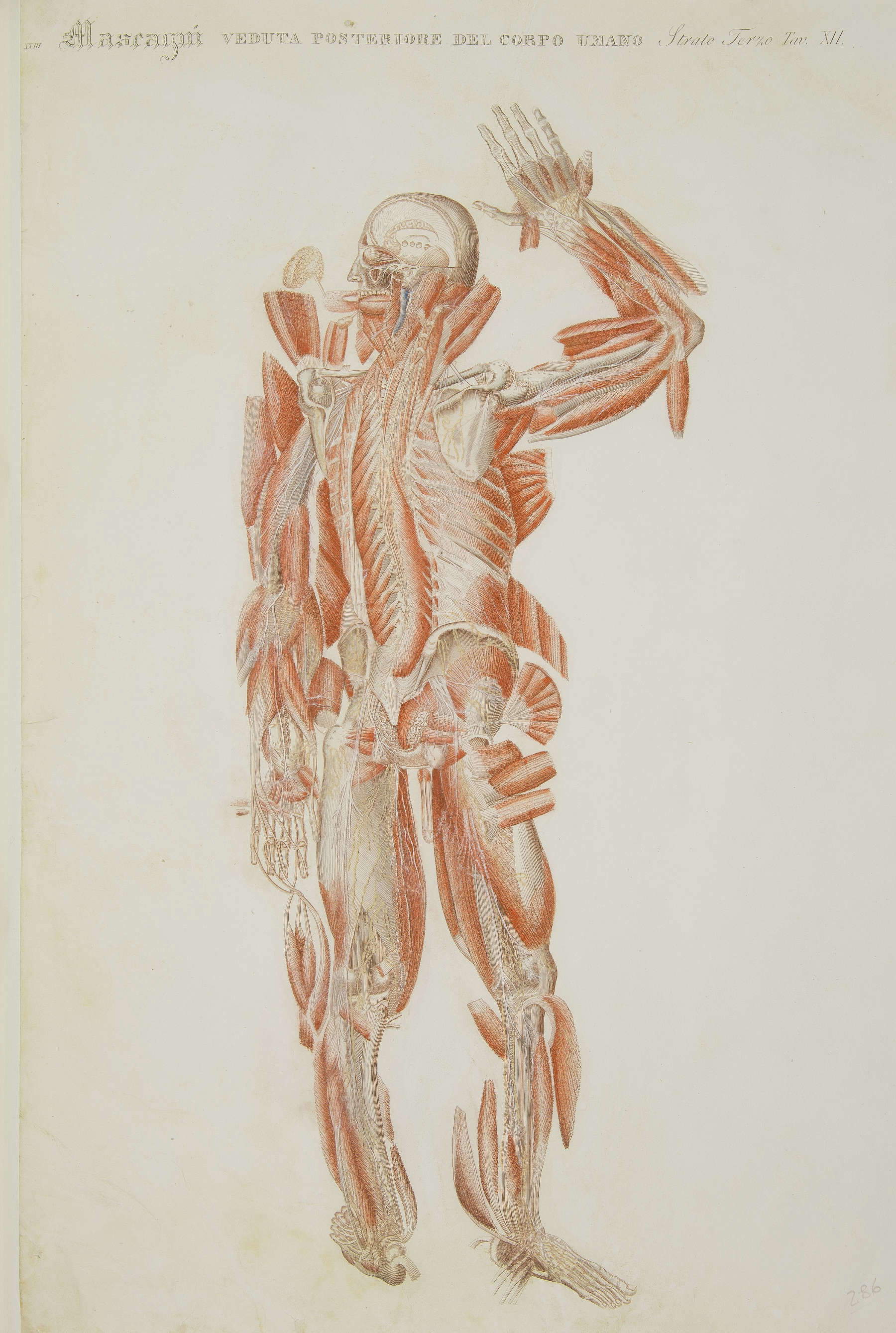


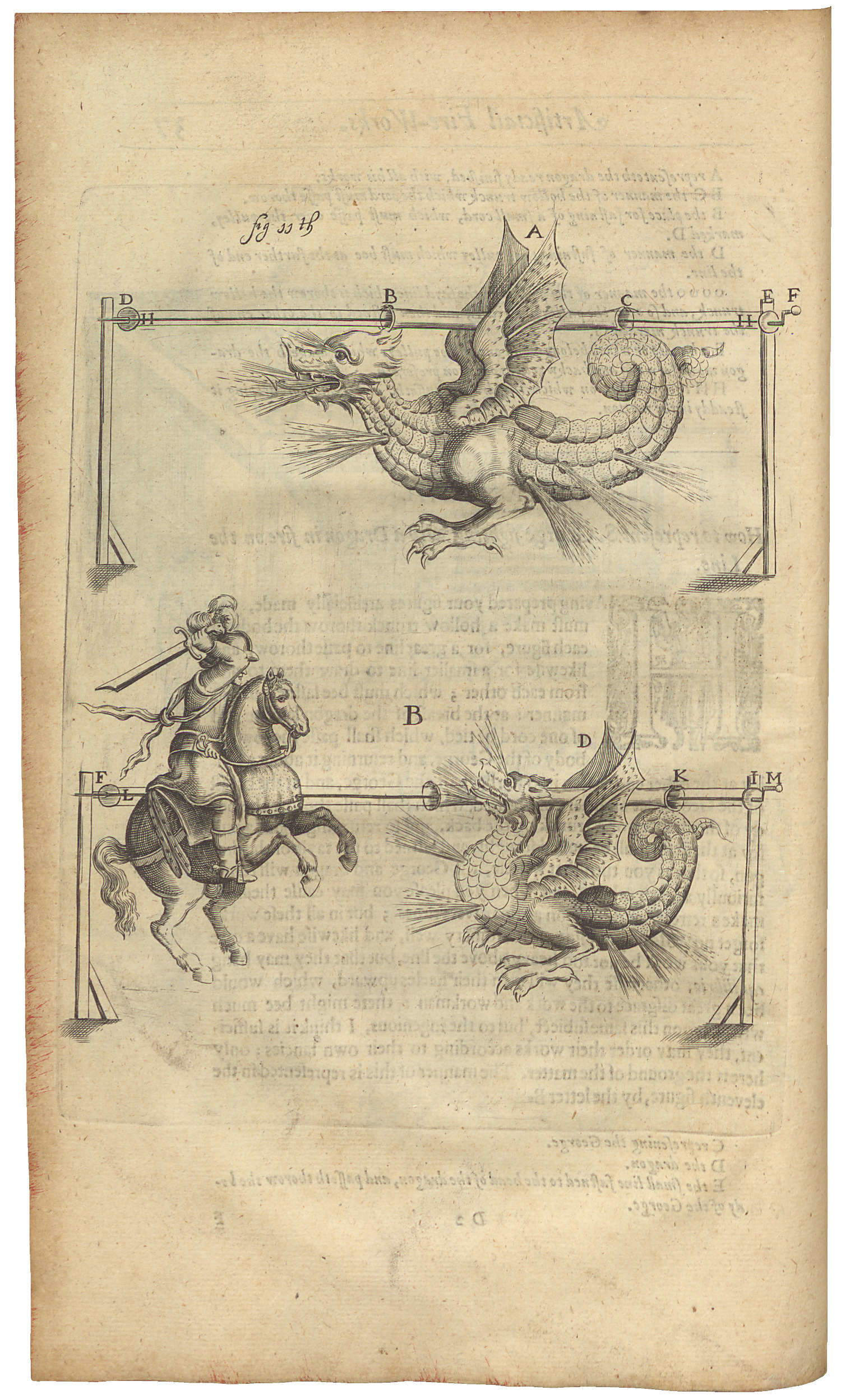
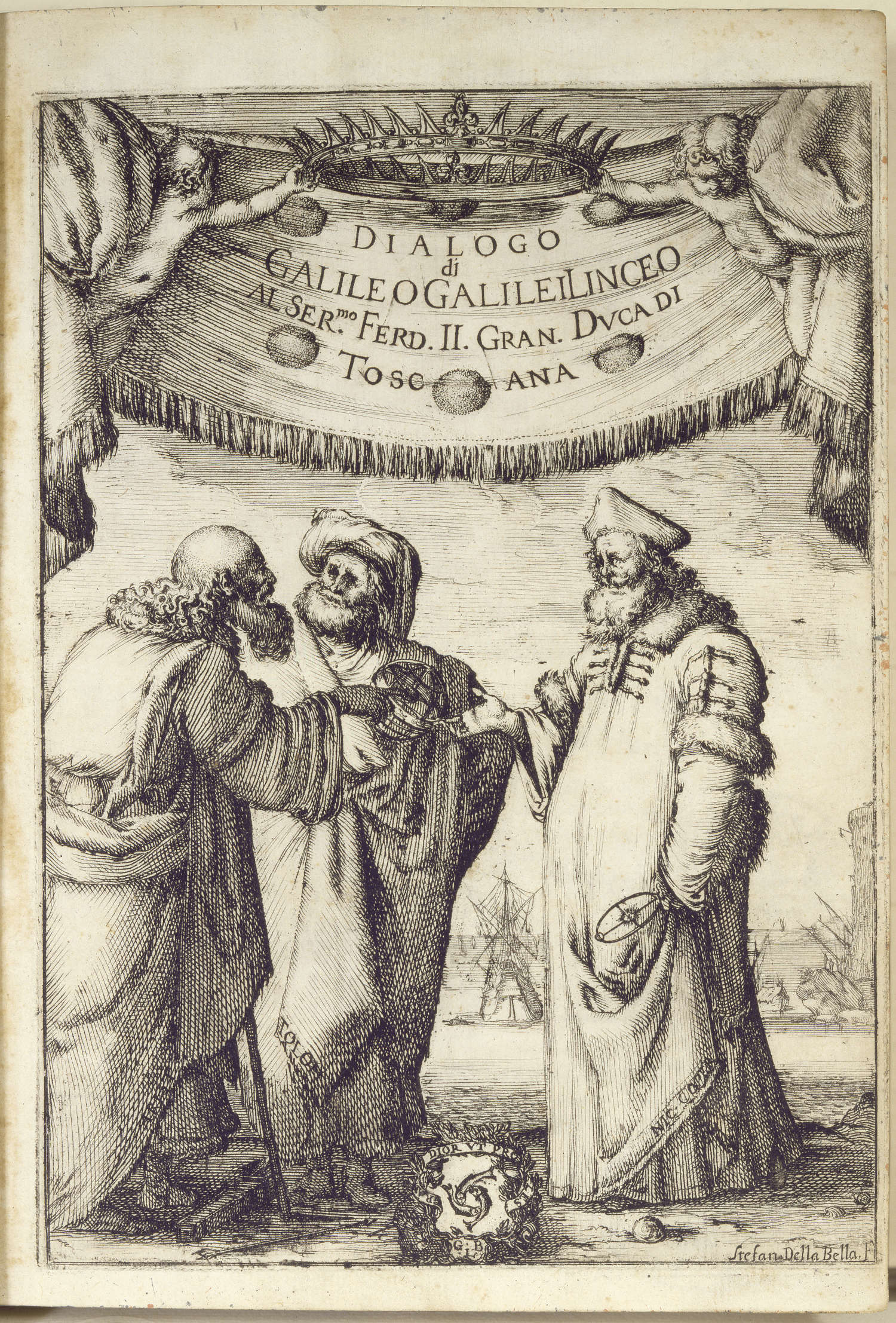
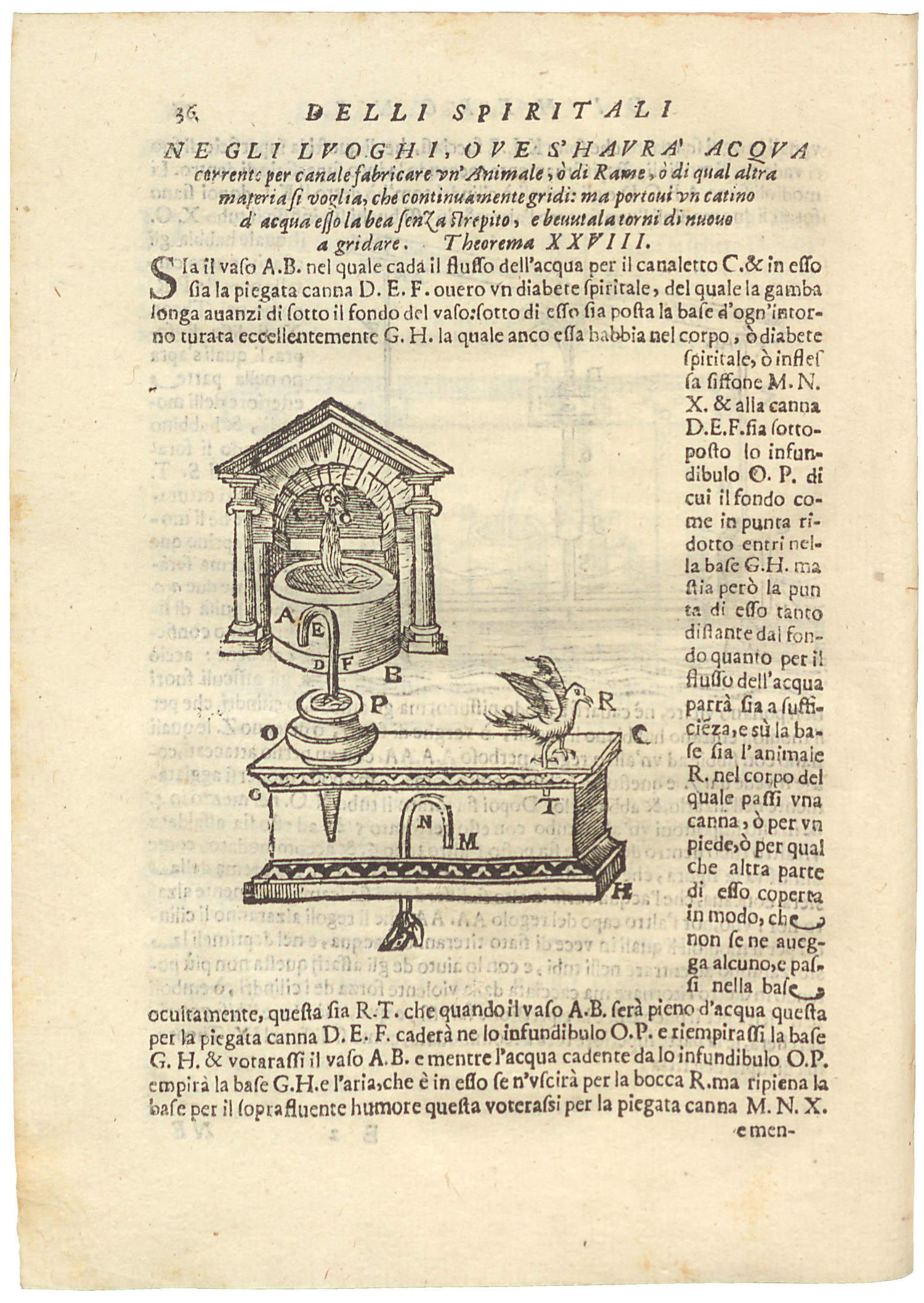
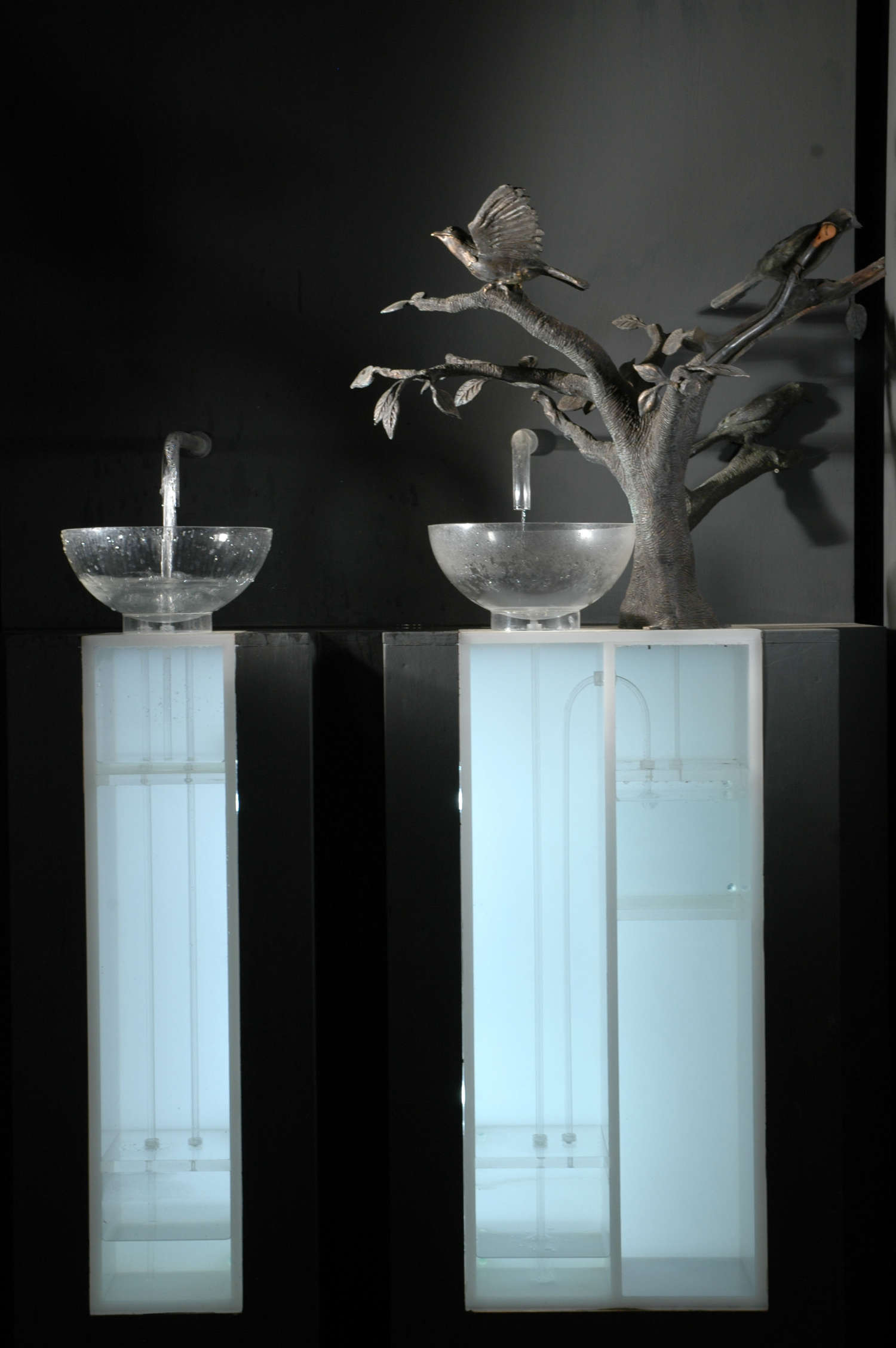

ù
The exhibition is included in the museum entrance fee. Hours: Monday, Wednesday, Thursday, Friday, Saturday and Sunday 9:30 a.m.-6 p.m.; Tuesday 9:30 a.m.-1 p.m. Fondazione CR Firenze has promoted three free extraordinary evening openings for residents of the provinces of Florence, Arezzo and Grosseto: July 16, Sept. 17 and Oct. 15, with guided tours scheduled at 7 and 9 p.m.
Unicoop Florence is also participating in the celebrations by offering its members the opportunity to participate in free guided tours with reduced admission. All information and reservations are available at coopfi.info/events. Information about the exhibition: www.museogalileo.it/it/100anni.html.
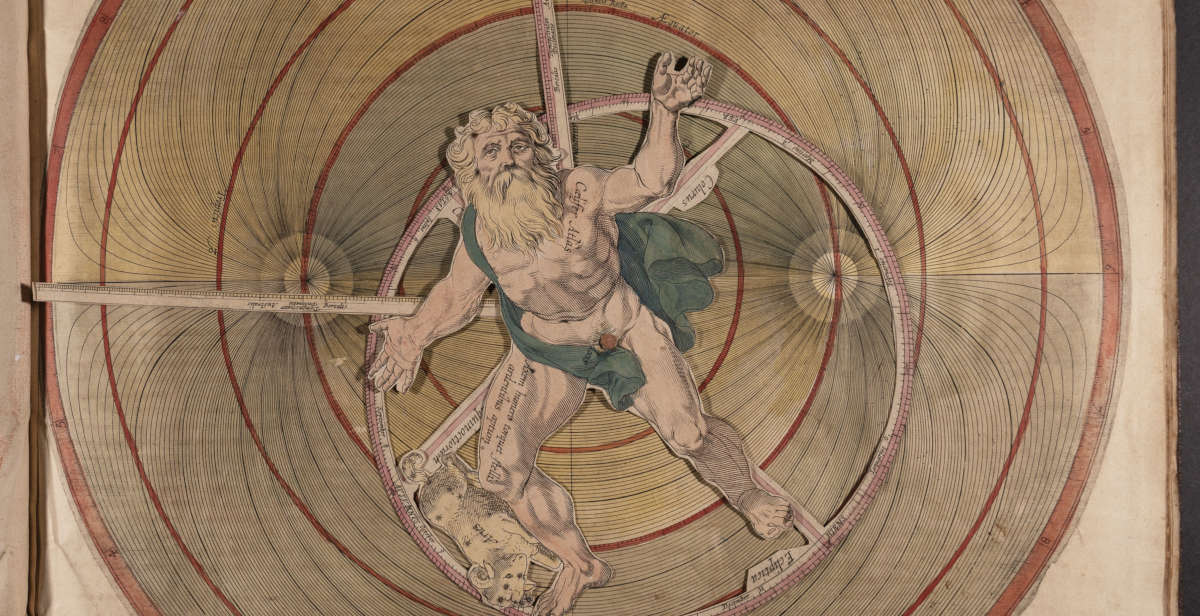 |
| A century of science history: the Museo Galileo in Florence celebrates its first 100 years with an exhibition |
Warning: the translation into English of the original Italian article was created using automatic tools. We undertake to review all articles, but we do not guarantee the total absence of inaccuracies in the translation due to the program. You can find the original by clicking on the ITA button. If you find any mistake,please contact us.